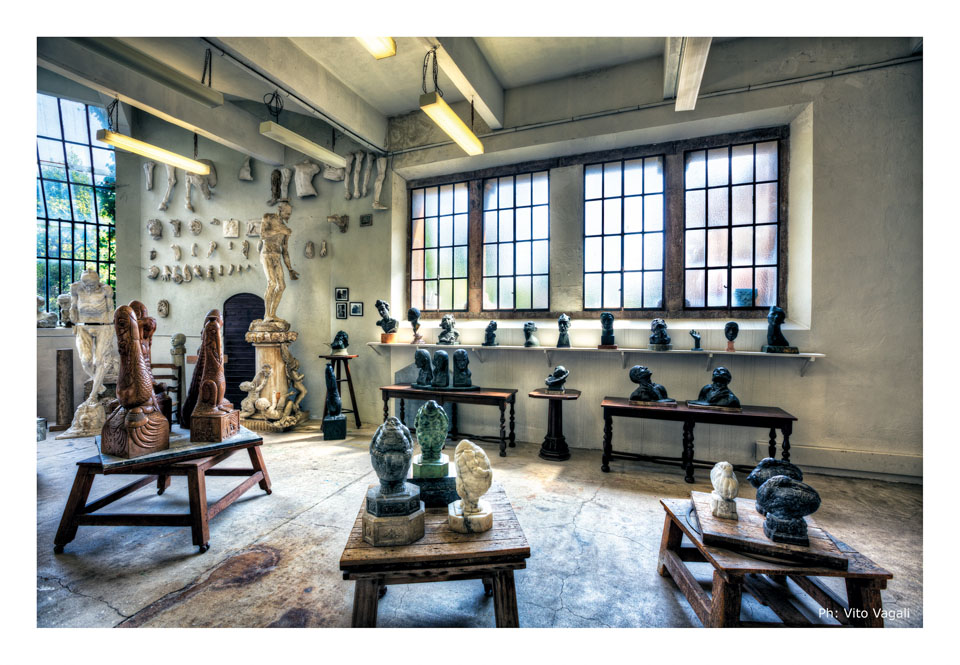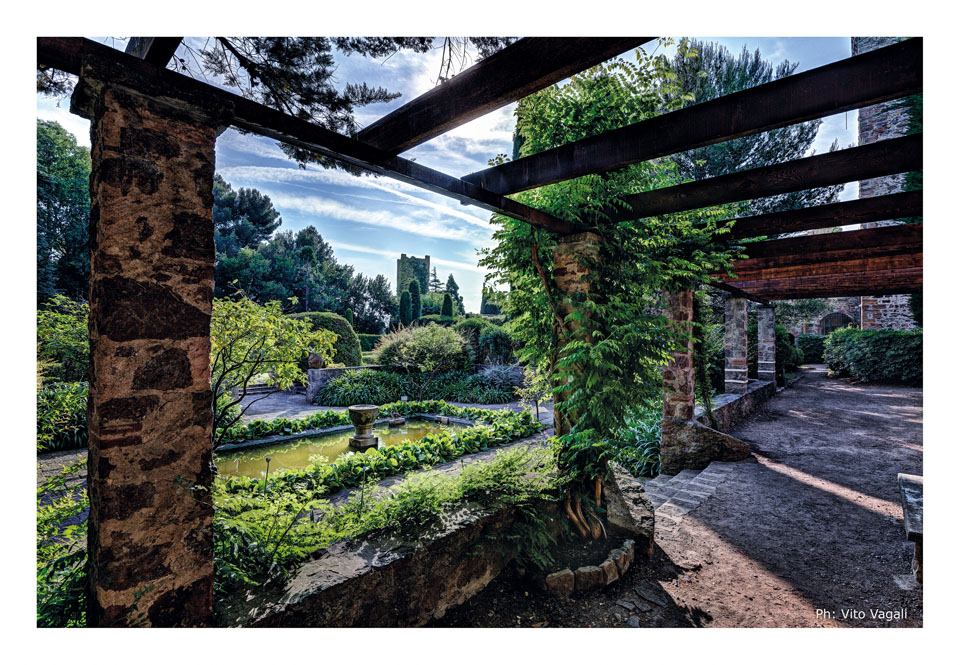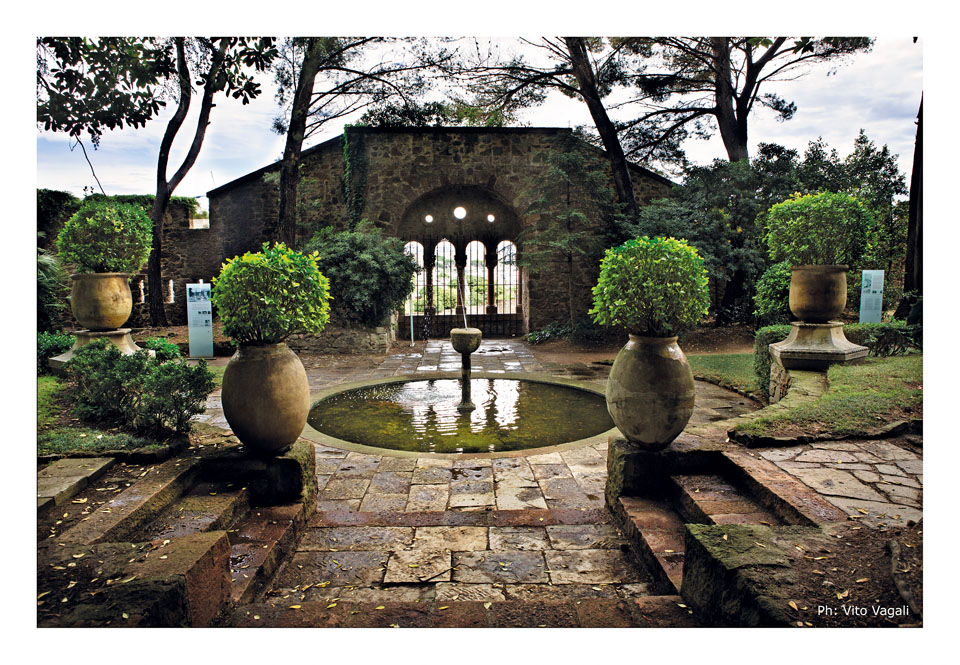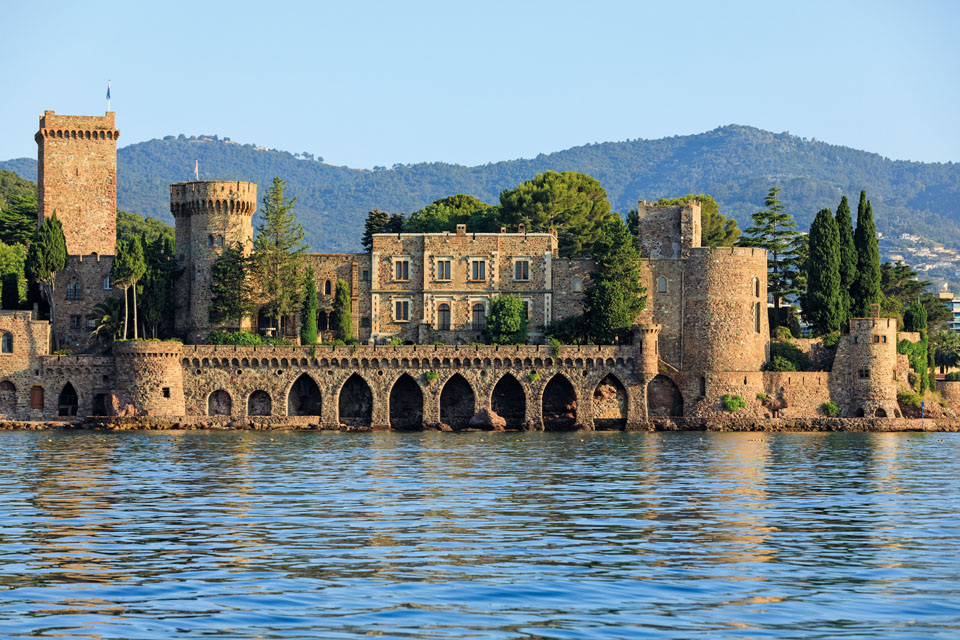Your Local Broker, Internationally
Berthon UK
(Lymington, Hampshire - UK)
Sue Grant
sue.grant@berthon.co.uk
0044 (0)1590 679 222
Berthon Scandinavia
(Henån, Sweden)
Magnus Kullberg
magnus.kullberg@berthonscandinavia.se
0046 304 694 000
Berthon Spain
(Palma de Mallorca, Spain)
Simon Turner
simon.turner@berthoninternational.com
0034 639 701 234
Berthon USA
(Rhode Island, USA)
Jennifer Stewart
jennifer.stewart@berthonusa.com
001 401 846 8404
Le Château de la Napoule – From 14th Century Military Fortress to 21st Century Artist’s Retreat
By Isabelle Skaf, Berthon France, lnaf.org
Stretching from St Tropez to Menton on France’s eastern border with Italy, the beautiful French Riviera is home to more than its fair share of breath-taking historical sites, old towns and fortifications. Berthon France’s offices based in Mandelieu La Napoule are lucky to have one such historical site as an enchanting neighbour. Look to your right as you walk out of the Berthon offices and you will see the impressive red bricks of the Château de La Napoule, towering above the sea. This imposing, medieval castle appears to have been sculpted out of the red rocks of the Esteral mountains that surround it.
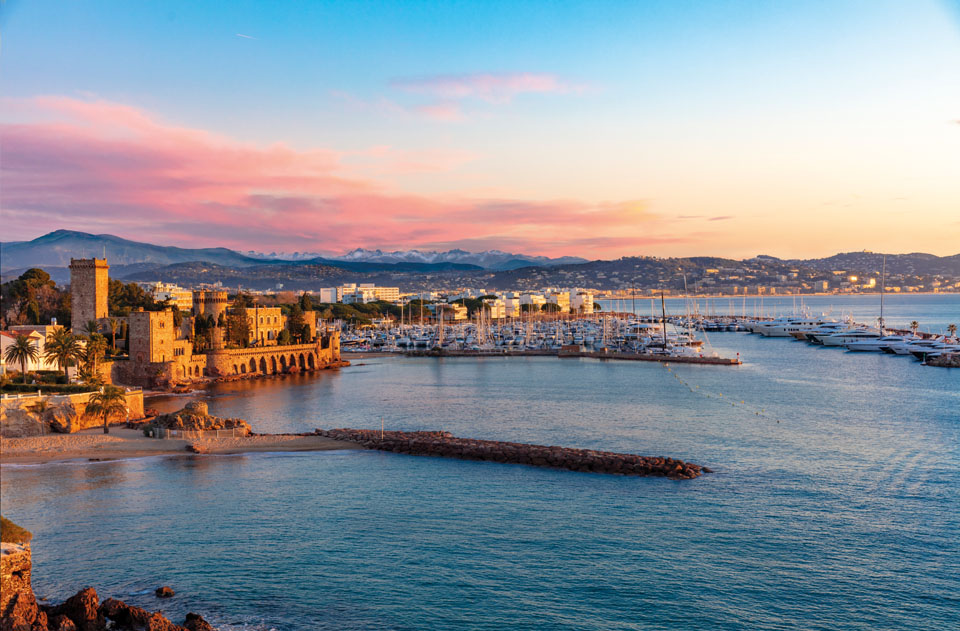
The Château’s past is closely tied to the history of the French Riviera. The region, inhabited since prehistoric times, has been ruled by a variety of civilizations over the centuries and the location has always made it a key strategic point for coastal defence.
Today the Château is an important cultural centre, owned and run by the La Napoule Art Foundation. The Foundation hosts small groups of artists for 1 to 2 months at a time, offering them the unique opportunity to collaborate, live and work within the old castle walls. Tourists can enjoy guided tours and the public are welcome to roam the magnificent gardens, where you can stroll right down to the water’s edge. Listed by the French Ministry of Culture as among the ‘Jardins Remarquables en France’, they are a popular local attraction.
Since its construction as a medieval fortress in the 14th century by the Comtesse de Villeneuve, the Château de La Napoule has survived a rich yet turbulent history. Both town and castle have witnessed numerous revolutions, attacks, wars; including an assault in 1530 by the infamous pirate Keir-ed-Din, otherwise known as Barbarossa. As a result, the Château has been destroyed and rebuilt several times.
Many illustrious owners have been lucky enough to own the property. And with these successive owners came continuous renovations and expansions, with new buildings often being added. The beauty of the location meant there was always someone ready and willing to revive any ruins and add their own personal stamp and flair.
The Château was home to the last Marquis of La Napoule before the French Revolution, during which it was sadly looted and abandoned. In 1876 the Château received a new lease of life when purchased by a wealthy perfumer from the nearby town of Grasse, Mr Charrier. The years had been unkind and so Charrier demolished what was ruined and used the foundations of the old buildings to fashion a splendid seaside mansion.
After spending time as a glass factory in the 19th century, the Château was eventually bought in 1918 by two Americans, Henry and Mary Clews, who were the last owners to live there. These two American expats, escaping the horrors of a war torn Paris and a flu pandemic, were in pursuit of peace and warmer climes in the South of France. They fell in love with the abandoned 14th century castle and decided to turn Château La Napoule into the castle of their dreams.
SCULPTURES IN THE CHÂTEAU AND THE CHÂTEAU GARDENS © VITO VAGALI
And so it was transformed once again and rebuilt stone by stone to the plans commissioned by Henry and Mary. They set about creating something truly magical. Both passionate artists, as a sculptor Henry devoted himself to the architecture, whilst Mary designed and landscaped the stunning gardens. The castle is an impressive example of medieval architecture, with its own ramparts and courtyards. Out of the ruins they kept both the Roman and the Saracen towers, adding a third tower named ‘Torre de la Mancha’, Henry’s tribute to Don Quixote.
The gardens Mary created are exquisite, with beautiful planting, fountains and sculptures. There is a fairy tale theme to the castle’s walls, its gardens and the statues that grace it. Words and phrases such as ‘Once Upon a Time’ and ‘Myth’ have been etched into the stone and many of the garden’s sculptures are of fantastical beasts and fairy tale characters. The gardens are divided into several sections, each with their own unique features. The Italian Garden is quite formal, with a central fountain and a series of terraces. The lovely Rose Garden is filled with a variety of fragrant roses in all colours.
As well as their own funeral chamber, these romantic lovebirds built an inaccessible room on the top floor. They vowed that in this secret chamber, their two souls would once again be reunited following the 100 year anniversary of the death of the last of the couple to survive. The stuff of fairy tales indeed! The anniversary, which falls in 2059, will be sure to attract ghost busters from around the world.
Henry and Mary spent 20 years restoring this remarkable building in neo-medieval style and they lived in their very own ‘happily ever after’ until Henry’s death in 1937. Still grieving for her late husband, difficult days lay ahead for Mary as World War II shattered Europe. La Napoule was captured by the Germans and the castle used as their local headquarters. In order to stay in her home and close to Henry, Mary acted as a maid within the castle’s staff and spent the war waiting on the German occupiers in her own home.
Things eventually settled down after the war and in 1951, Mary created the La Napoule Art Foundation in the USA and the ‘Association d’Art de La Napoule Memorial Henry Clews’. The Château de La Napoule began its new life as a place for cultural exchanges, exhibitions and artist residencies. Mary died in 1959 leaving her descendants and family to manage the La Napoule Art Foundation and it continues its work as an international centre for the arts to this day.
The Château de La Napoule is a testament to the resilience of history and the beauty of restoration. Its extraordinary past and amazing architecture make it a must-see destination for anyone visiting the French Riviera.
Read Another Article
Download the Berthon Book 2023-2024 XIX (21.3MB)

